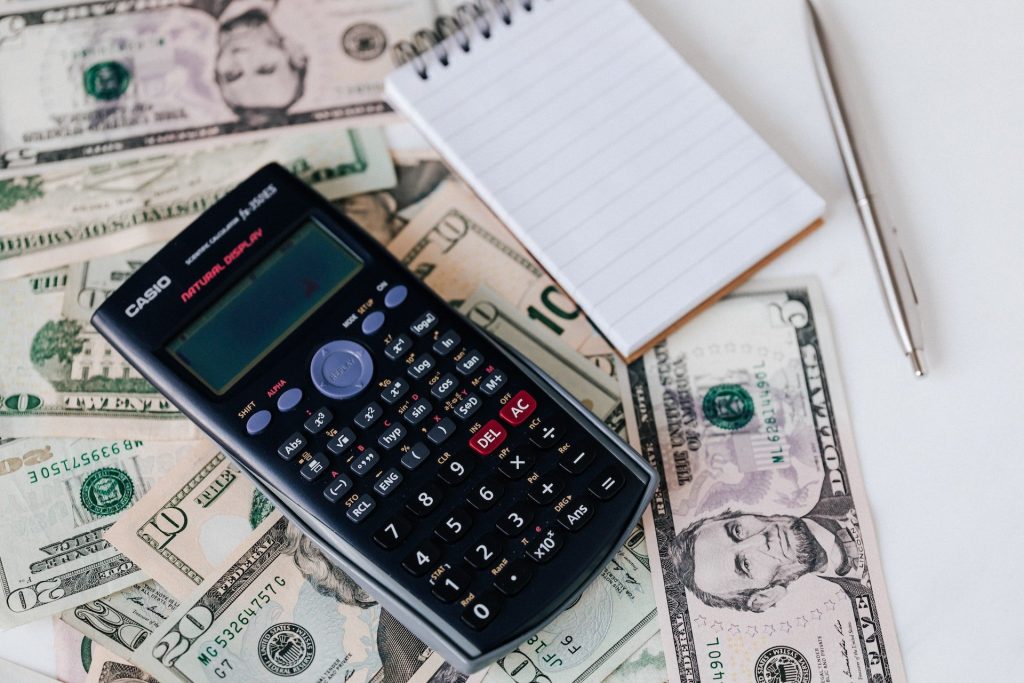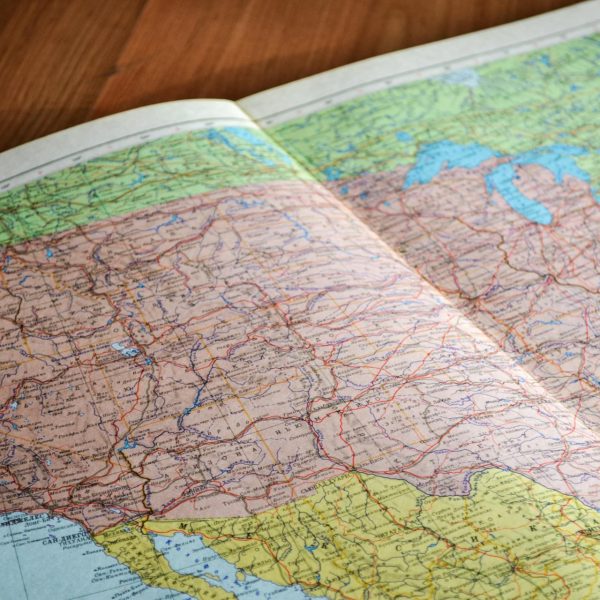Table of Contents
Taxes can be confusing at times, especially when you’re first starting out your business. In this article, we break down sales tax and use tax for you.
Sales Tax
Sales tax is something we have all been paying for ages. It’s the tax you see on your receipt when you buy clothes, or go grocery shopping. Although sales tax is on the receipt itself, the store that charges it will not be keeping that money, they simply charge the tax and then pass that money completely onto the government. If you live in Alaska, Delaware, Montana, New Hampshire, or Oregon, then you most likely have not been charged a sales tax before because those are the only 5 states that actually don’t have a sales tax.
Use Tax
Use tax is a little more complex because it only applies to certain use cases. This is a tax that is charged if someone purchases something from a state that does not have a sales tax, and the person plans to use or store the product in a state where there is a sales tax. This also applies if you purchase items for your business from a state with no sales tax.
The best way to understand the use tax is through an example. So let’s say someone who lives in California (a state that has a sales tax) purchases something from Oregan (a state that has no sales tax) while they are on a trip there and then they bring the item back to California for use in their home or business, they must now pay the use tax rate which differs based on state.
The good thing is that most online retailers account for this and charge you the correct tax rate when you purchase, meaning you don’t have to keep track of it yourself.
What is a Sales Tax Nexus?
A lot of online sellers have the understanding that a nexus means that they have a store location, office, or warehouse in a different state as well. While this is partially true, a nexus can also be established if you make a certain number of sales or exceed a certain monetary threshold. Different states have different thresholds but most agree on over 200 transactions or over $100,000 in sales over a 12-month period.
Once you have a nexus established in another state, some states even require you to apply for a sales permit or a sales tax registration in that state. Having a nexus in another state means that you can now collect and pay sales tax to that state for the business you conduct in that state.
This also means that you have to have a registered agent who is a person who lives in that state, or a business that is registered in that state. There are many websites that will let you pay for a registered agent in various states at an affordable rate. The registered agent’s address is where the state sends official documents relating to taxes.
How do I Charge Sales Tax?
Before you start charging sales tax, you must first register for a sales tax permit. After a registered business obtains a permit, you can start charging sales tax. Sales tax rates are different in pretty much every state, and to make things even more confusing, some states allow different cities to charge different rates, so you may have many different tax rates across the same state.
Luckily, a lot of online payment processors automate the tax rate based on the buyer’s state, city, and zip code. If your processor doesn’t, you can request that feature and see if they can help, otherwise, you’ll need to have your CPA take care of this instead.
When you collect sales tax, we highly recommend you keep the money in a separate bank account until it’s time to pay it to the government. This will ensure you don’t accidentally dip into it, and this also lets you keep an eye on the rough amount you owe.
Depending on the state you’re filing in and how much sales you have to report, you would either file your taxes monthly, quarterly, or annually. If you have a sales nexus in many states, we highly recommend hiring a bookkeeper or CPA to take care of taxes because a small mistake can lead to many hours of work to repair so it’s best to do things right the first time.
If your business currently doesn’t have the funds to hire a bookkeeper or CPA, there are many online companies (like us) that you can hire instead. If that’s not an option, you can also use software like Avalara and TaxJar which will calculate sales tax for you, and also file the reports for you.
How Is Sales Taxes Calculated?
The calculation for sales tax depends upon your state, but as an example, if you own a business in Los Angeles and sales tax is 9.5%, you would be charging $9.50 for every $100 you make in sales. You can get the exact sales tax by multiplying your product price by 0.095 or you can get the exact total including tax by multiplying your product price by 1.095. We also have a handy sales tax calculator below that you can use to calculate sales tax. You can also see every state’s tax rate and the range of local rates on the Sales Tax Institute’s website.
If you’re starting an interior design business and are feeling overwhelmed with taxes and how they work, feel free to contact us and we can help you in whatever way we can. If you need a company to help with your bookkeeping and/or taxes, we can do that as well.




